Score: 9/10 (Fantastic)
Pros Fantastic build quality, beautifully thin design, comfortable keyboard, ridiculously flexible, fast processors, respectable price | Cons Noticeable lack of ports, keyboard is exposed when in tablet mode, too heavy to be used as a full-time tablet, mediocre battery |
It's no surprise that tablets are continuing to get more and more popular each and every day. Tablets allow us to browse the web, interact with friends, hurl birds at pigs, and get work done at the same time, while still being extremely portable and easy to take around with us. However, tablets cannot use applications such as iTunes, Adobe Photoshop, Sony Vegas Movie Studio, or any other full desktop applications, things that many of us use on a daily basis. Lenovo hopes to bridge the gap between both tablet and full desktop computer though with the Lenovo IdeaPad Yoga 13. Does it succeed? Find out in our full review.
Design/Build Quality
At the end of the day, the Yoga 13 is an ultrabook. It certainly does hold this title high at 13.1 x 8.9 x 0.67" and with a weight of 3.4 lbs. The Yoga 13's big selling point is it's ability to bend into four different positions ( Laptop, tablet, stand, and tent). When you open up the Yoga 13, you will be using the standard laptop mode, of course. Upon opening up the Yoga 13, you wouldn't think it would be anything special. The interior design of the Yoga 13 is very minimalistic and doesn't draw a lot of attention to itself.
The keyboard is centered off into an island of it's own, and all of the keys are rounded at the bottom. In my testing with the Yoga 13, I was very impressed with my typing experience. This is the first Lenovo keyboard I have ever used for a prolonged period of time, and I now realize why people constantly rave about how great Lenovo keyboards are. The keys all provide a nice touch of response to them when hit, and are all spaced out very nicely. The trackpad on the Yoga 13 also performs quite well. While you are probably going to be using the touchscreen most of the time, the trackpad is buttonless, clean, and easy to navigate.
The second most popular mode of the Yoga 13 is tablet mode. You can bend the Yoga 13's screen all the way to the bottom of the device so you can use the laptop as a 13-inch tablet. While it was nice to have the option to use the Yoga 13 as a tablet, I rarely found myself compelled to use it. One of the reasons is that the keyboard is exposed when using the Yoga 13 is tablet mode. Although it automatically gets deactivated once it tablet mode, it still is uncomfortable to
constantly have you fingers pressing against a keyboard when trying to use the device as a tablet. The other reason I found myself not using the Yoga 13 as a tablet is the fact that it is too heavy. While it only has a weight of 3.4 lbs.,
which is extremely light for an ultrabook, it is a bit on the heavy side when talking about tablets.
constantly have you fingers pressing against a keyboard when trying to use the device as a tablet. The other reason I found myself not using the Yoga 13 as a tablet is the fact that it is too heavy. While it only has a weight of 3.4 lbs.,
which is extremely light for an ultrabook, it is a bit on the heavy side when talking about tablets.
The third mode, stand mode, allows you to bend the screen back about 270 degrees, so the Yoga 13 sits on it's keyboard and brings the screen even closer to your face. I found this mode to be surprisingly useful when watching videos. It allows you to view the entirety of the 13-inch screen, and not have to look at the keyboard while doing so.
The fourth, and final mode, is tent mode. Tent mode allows you to bend most of the screen back, and prop the Yoga 13 up like a tent. On Lenovo's website, they suggest this mode for listening to music, video chatting, and sharing the screen with other people. While I didn't use tent mode a whole lot in my time with the Yoga 13, it actually is a very comfortable way to use the Yoga 13's touchscreen.
Hardware
The model of the Yoga 13 that we tested has a 1.7GHz Intel Core i5 processor and 4GB of RAM. In our testing, the Yoga 13 was a very fast performer. It only takes the Yoga 13 about 3 seconds to boot up after being completely turned off. Opening apps, streaming music/video, multi-tasking, and everything ran beautifully on the Yoga 13. While we didn't test out any heavy duty games on the Yoga 13, apps such as Cut the Rope and Blocked In ran without a hitch.
The Yoga 13 has a 13.3-inch HD+IPS capacitive touchscreen, and has a pixel resolution of 1600 x 900. Colors look bright and beautiful, text was very easy to read, and the Yoga 13 also offers incredible viewing angles. The screens touch input works great as well. Pinch to zoom, scrolling through web pages, and using apps all felt wonderful on the touchscreen.
One area where the Yoga 13 is lacking is ports. The Yoga 13 has 2 USB ports, one USB 2.0 and one USB 3.0, one HDMI out port, a 3.5mm headphone jack, and a full-sized SD card slot. It is also worth noting that there is no Ethernet port. While ultrabooks never have that many ports, it is still a letdown to only have one USB 3.0 port to use.
In our testing, the Yoga 13's battery proved to be mediocre. In our testing, we got about 5 hours and 30 minutes of use with heavy web browsing, music/video streaming, and using applications. While 5 hours and 30 minutes isn't terrible, there are many ultrabooks on the market that can get 8 hours of use on a single charge. The Yoga 13's battery is also nonremovable, so buying a larger battery pack for more juice is out of the question.
In our testing, I was quite pleased with the speakers on the Yoga 13. Even when turned up to their maximum volume, audio still sounded clear, and was louder than most ultrabook's I've used.
In our testing, I was quite pleased with the speakers on the Yoga 13. Even when turned up to their maximum volume, audio still sounded clear, and was louder than most ultrabook's I've used.
Software
The Yoga 13 is running Windows 8, Microsoft's latest OS that was released on October 26 of last year. While there is a great deal of learning required to fully understand Windows 8, it is one heck of a desktop OS. There are two modes in W8, Modern UI and Desktop mode. The Modern UI, previously named Metro UI, is home to the Live Tile-filled world that we originally fell in love with in Windows Phone 7. You can add applications, or Tiles, to your Start screen and resize them as you see fit. These Tiles are constantly updated to bring you the latest information that is relevant to you. For example, your Weather tile displays the current temperature in your area, and the Photos tile cycles through all of the photos that are on your device.
Desktop mode is the traditional Windows experience that the majority of us have been using since Windows 95. What's different about the Desktop mode in Windows 8 though, is that you no longer have a Start button. To access features that you normally would in Desktop mode, you have to switch to the Modern UI to access things such as the Control Panel, Sound Recorder, and more. Some of the settings for certain applications are available in the Modern UI, but not all of them. To access all of the settings for many apps, you must switch to Desktop mode. This can cause for some confusion, and can prove to be a bit annoying at times. Hopefully in the next iteration of Windows, Microsoft can unify the two experiences together in a more seamless manner.
Final Verdict
The Lenovo IdeaPad Yoga 13 is an incredible machine. It has an award-winning design, fantastic keyboard, glorious screen, incredibly fast processing speeds, and all comes in at a starting price of $999. The model we tested is selling for $1,099, and includes the 1.7GHz Intel Core i5 CPU, 4GB of RAM, and 500 GB hard drive. The base model of the Yoga 13, selling for $999, includes a slower 1.9GHz Intel Core i3 CPU. If you want to go all the way, and max the Yoga 13 out to have the very best specs possible, you will be paying a pretty $1,499. For an ultrabook, and one of this caliber, that is actually a very respectable price. The Yoga 13 is the best designed convertible ultrabook I have seen yet, and is an all around joy to use. If you are in the market for a convertible Windows 8 machine, and want to be able to use your laptop in any position thinkable, the Yoga 13 is a no-brainer. While you will have to deal with some shortcomings, such as the lack of ports and exposed keyboard, there is much more to love about the Yoga 13 than there is to hate.
Author: Joseph Maring
Disclaimer: Joseph Maring used the Lenovo IdeaPad Yoga 13 for 24 days before beginning to write this review. Lenovo sent MobileCupOfJoe this product to review, but in no way impacted our final score for the product.
Author: Joseph Maring
Disclaimer: Joseph Maring used the Lenovo IdeaPad Yoga 13 for 24 days before beginning to write this review. Lenovo sent MobileCupOfJoe this product to review, but in no way impacted our final score for the product.
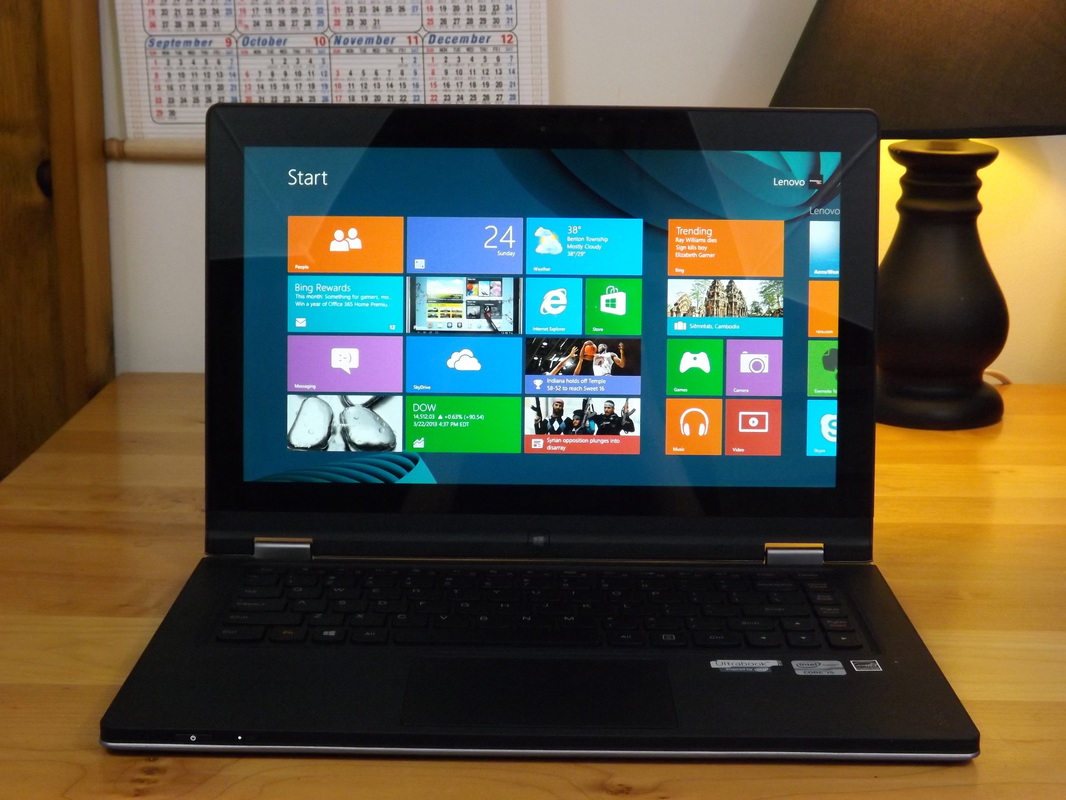

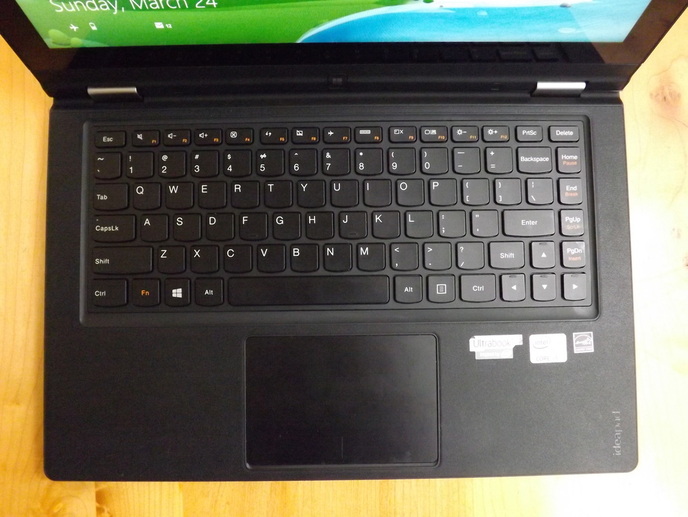
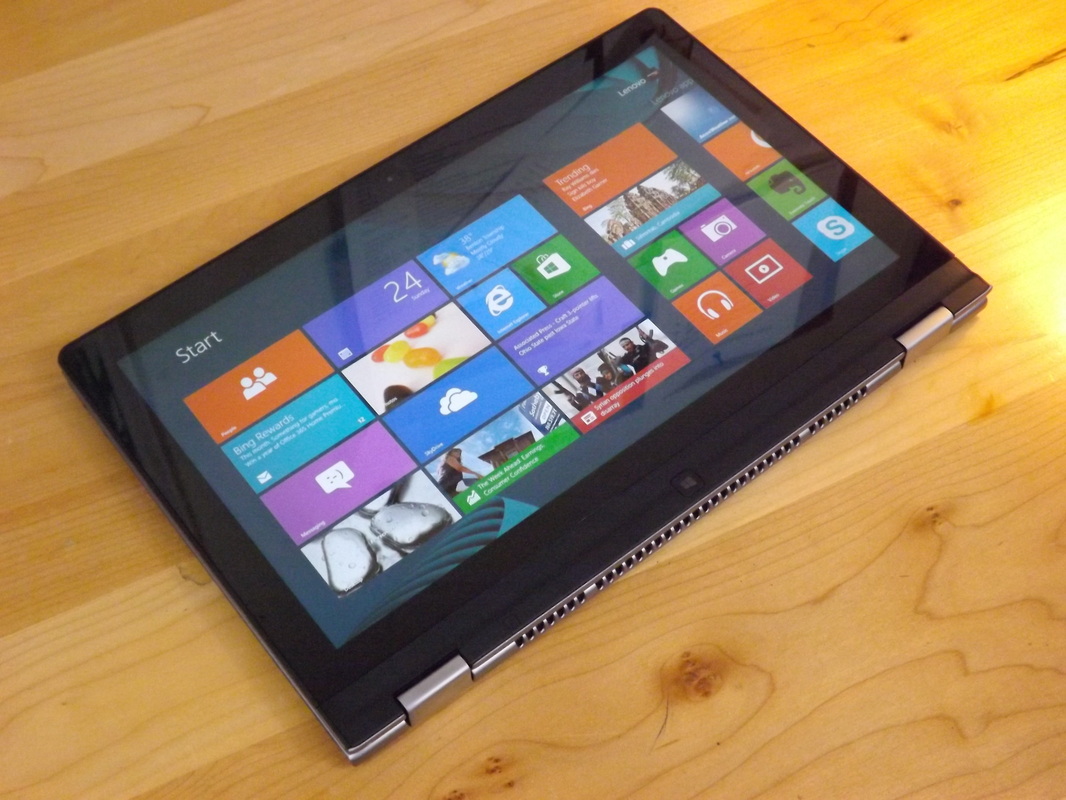
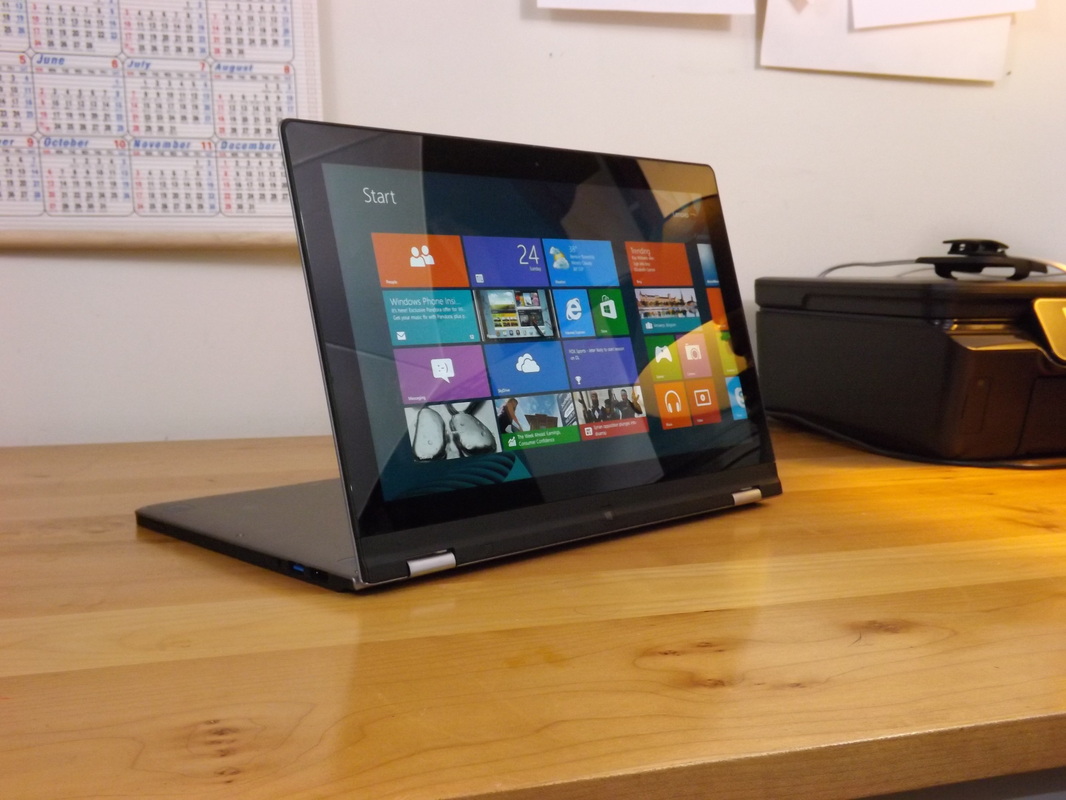
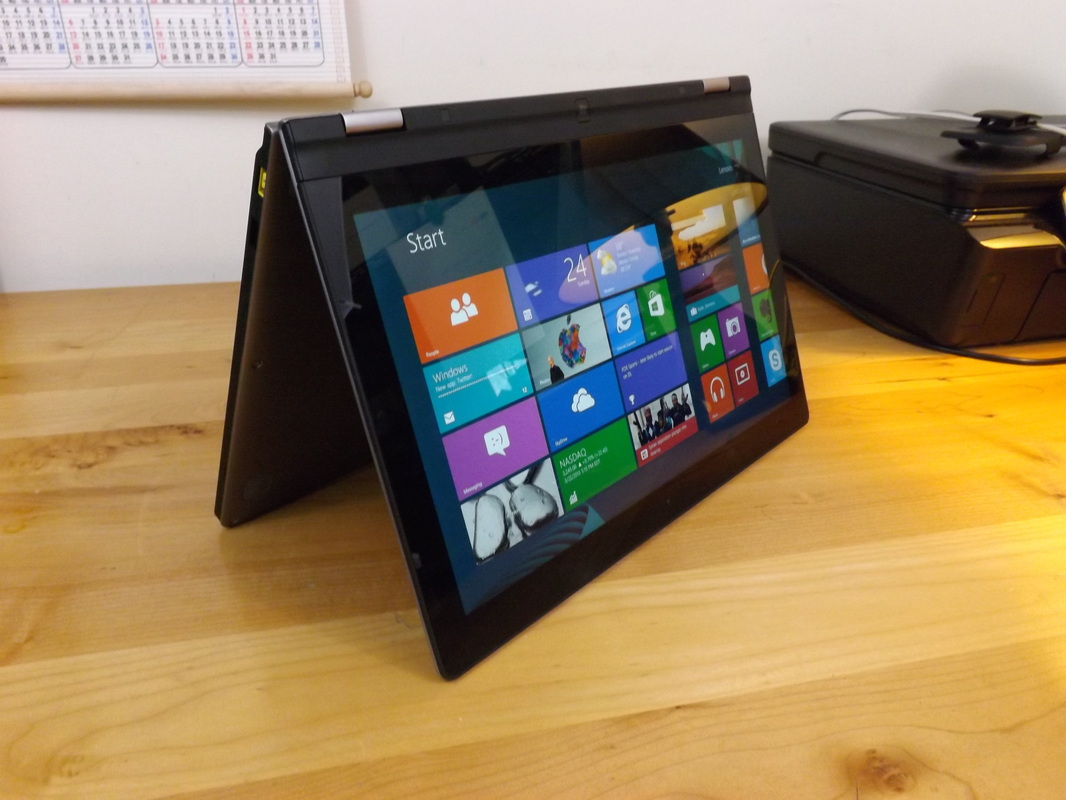
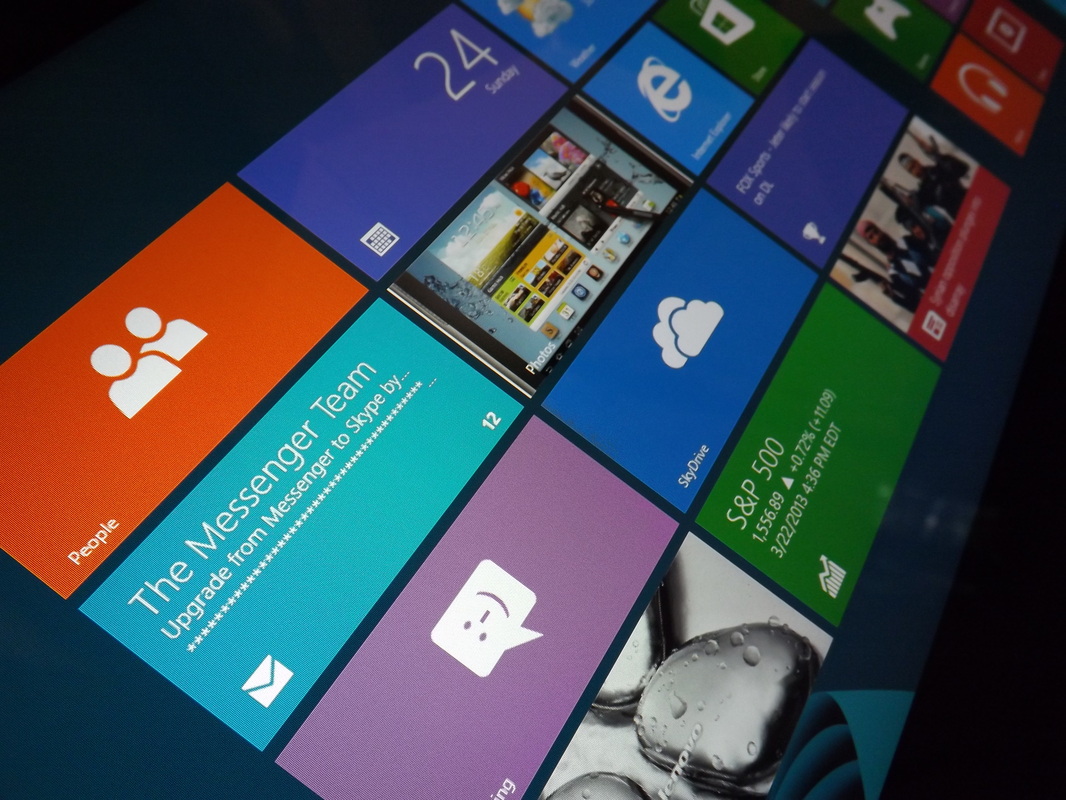
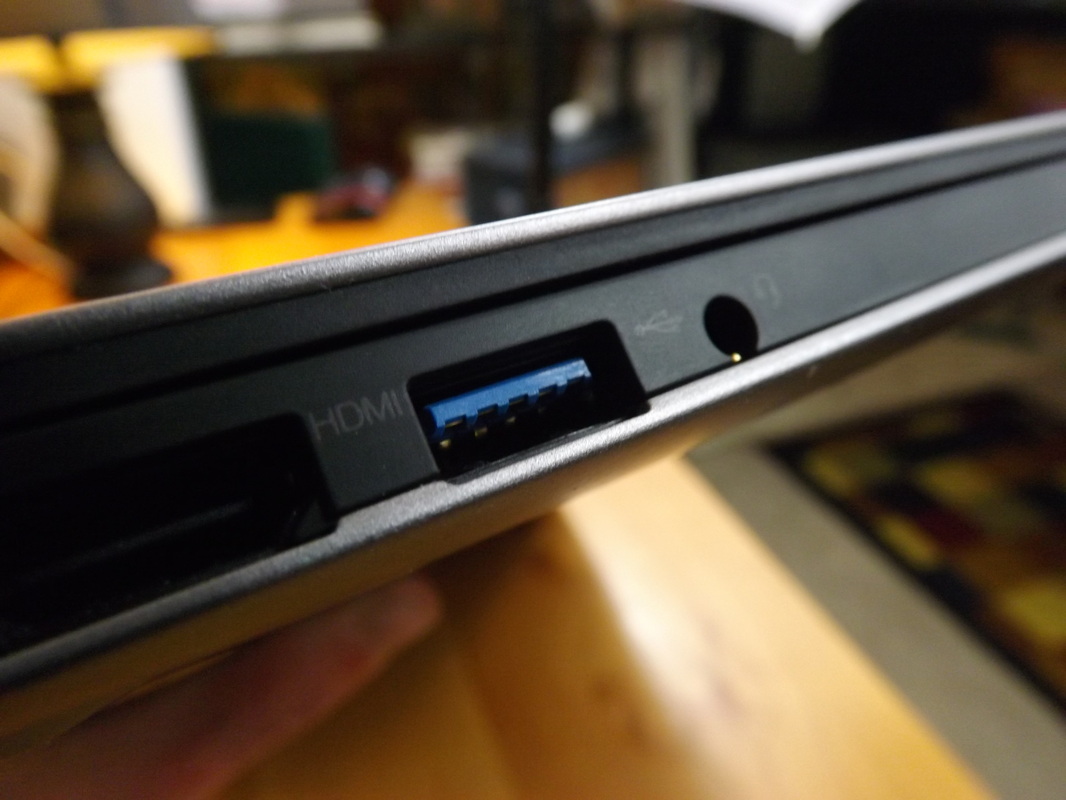

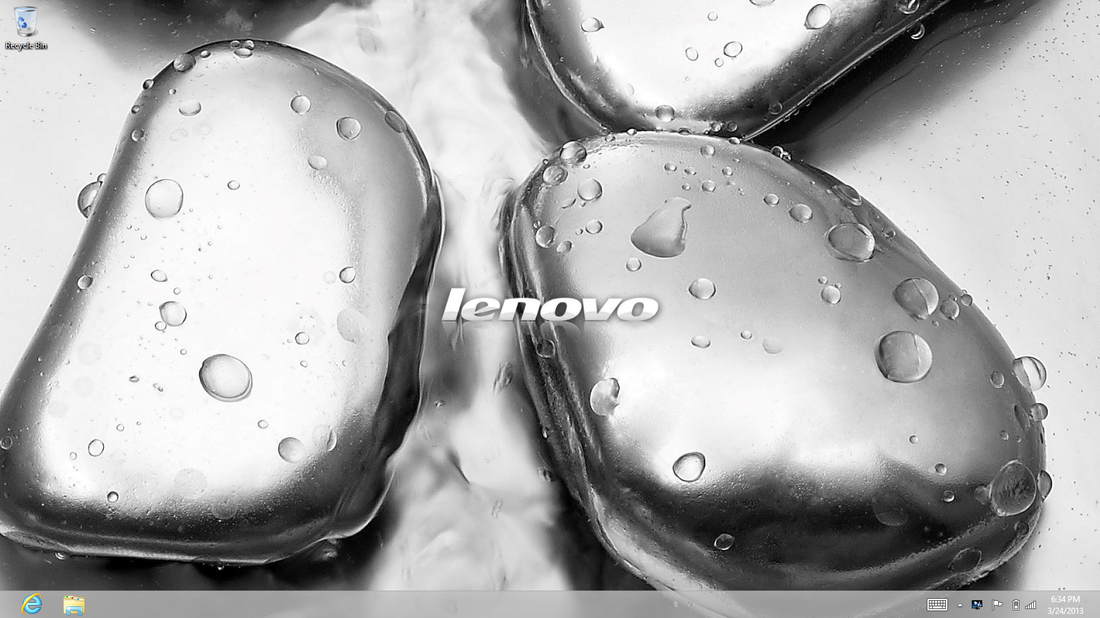
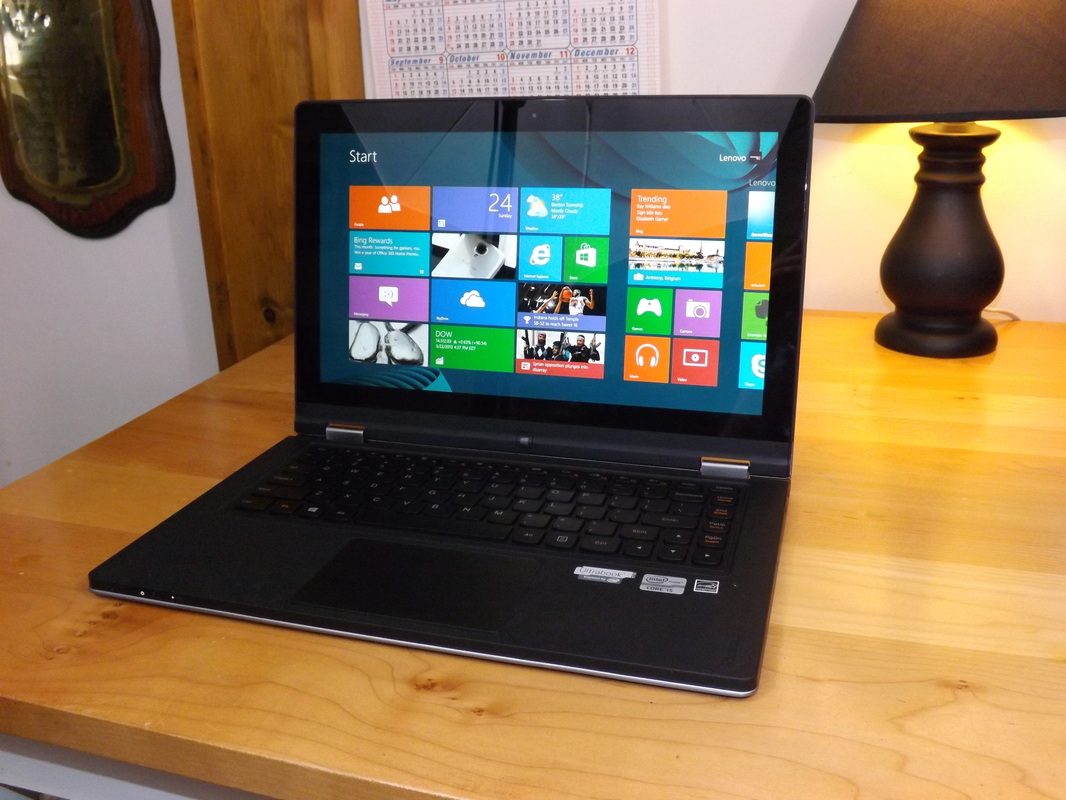
 RSS Feed
RSS Feed